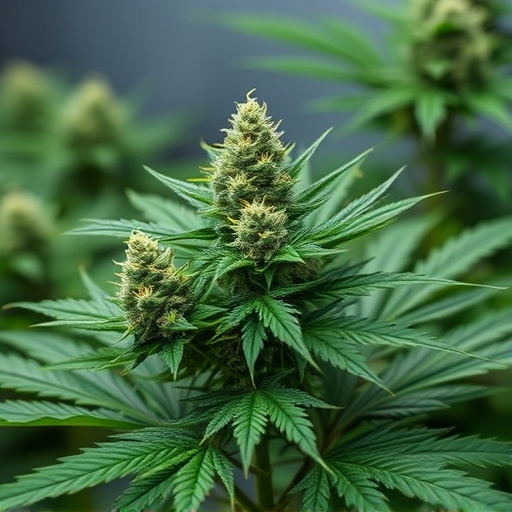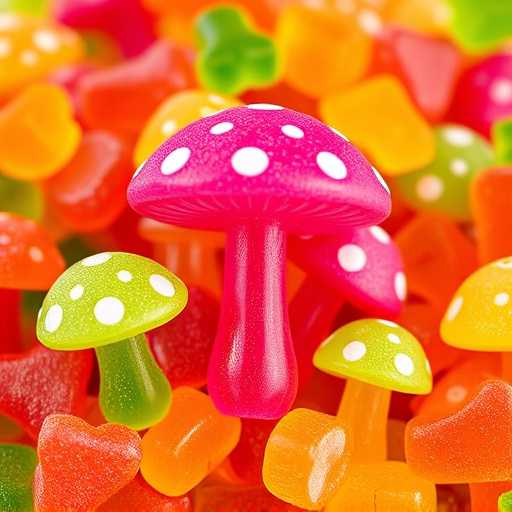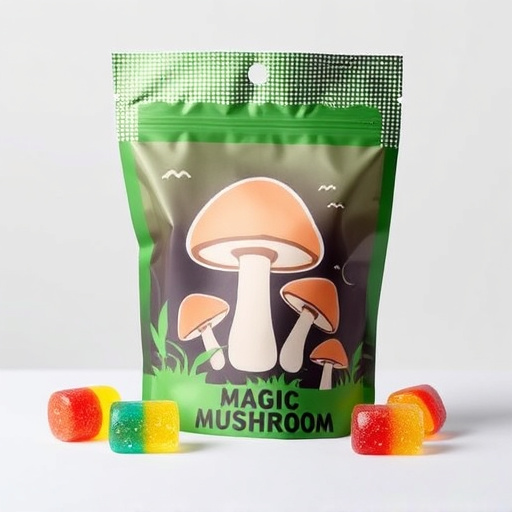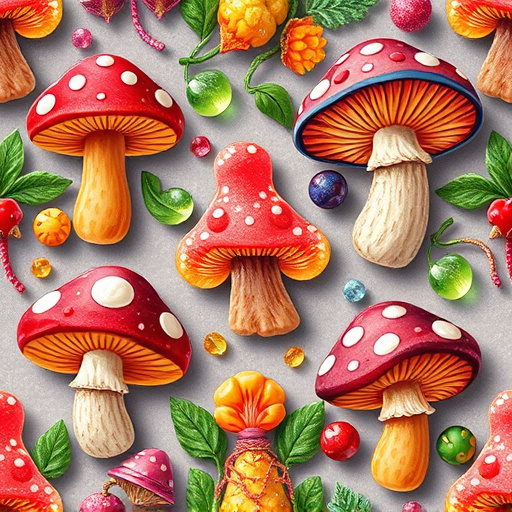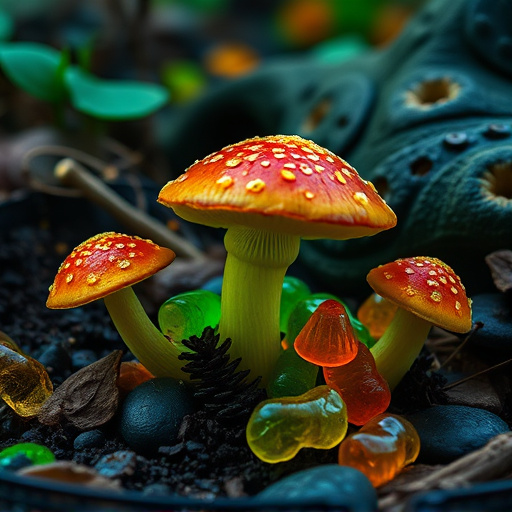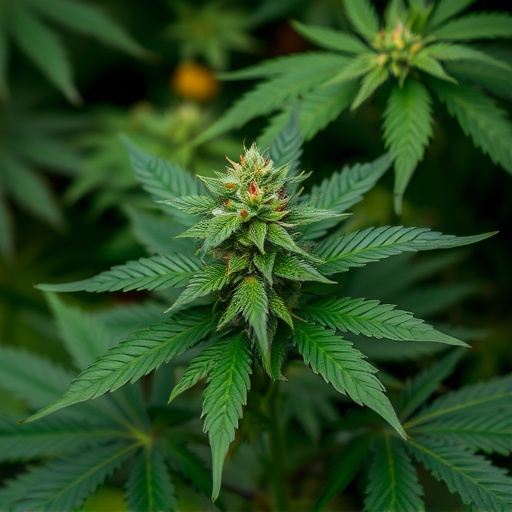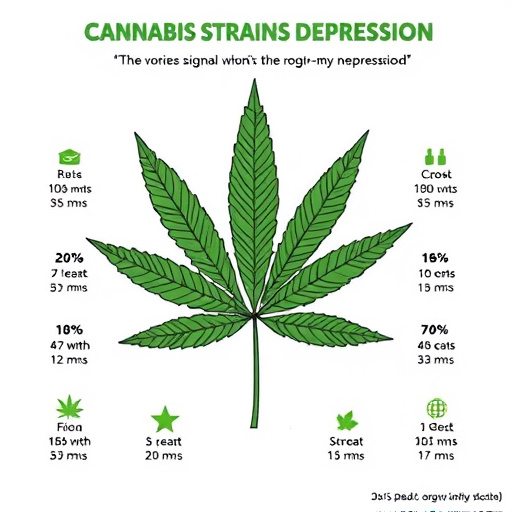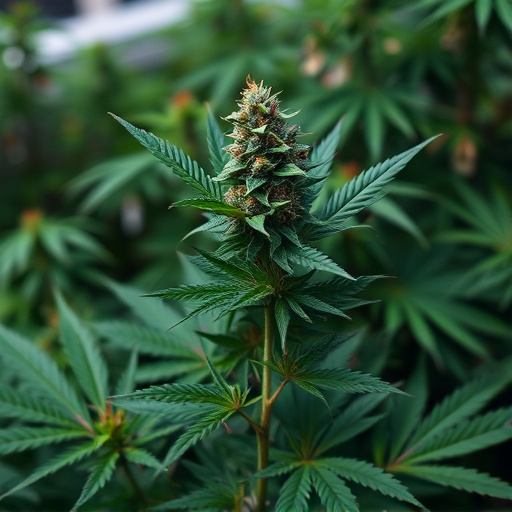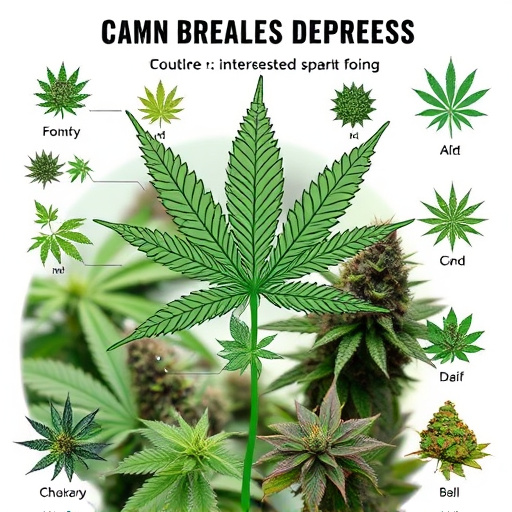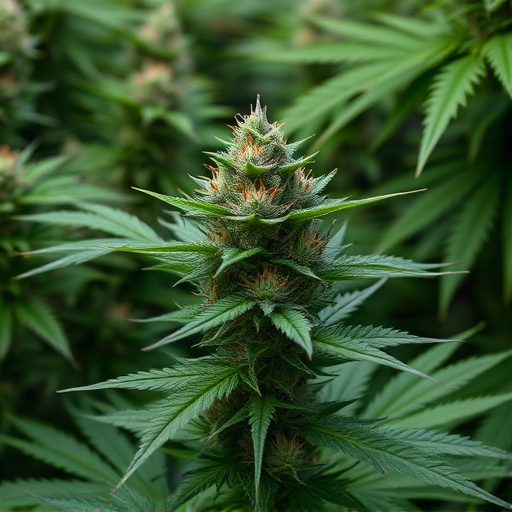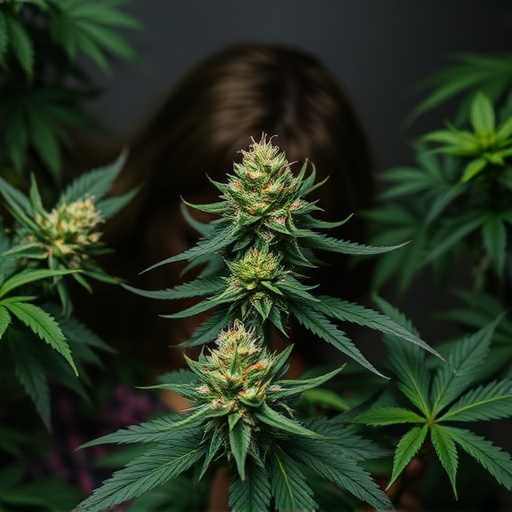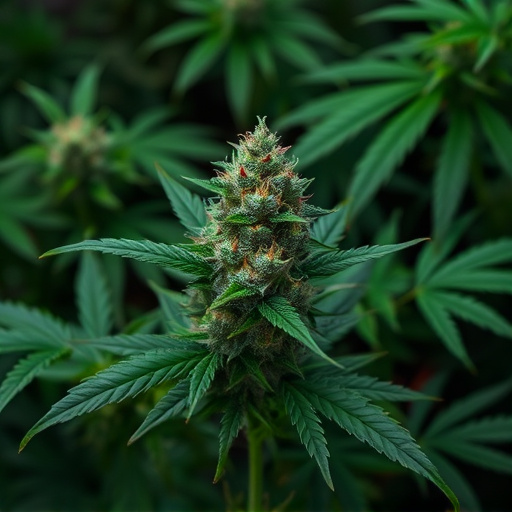Cannabis offers a natural approach to managing depression through specific strains high in CBD and low in THC, which interact with the body's endocannabinoid system. Popular non-intoxicating strains like Granddaddy Purple, Charlotte's Web, and Akalito provide calming effects without strong intoxicating properties. To prolong the high, choose Indica dominant strains rich in terpenes or consider edibles for a longer duration. Starting with smaller doses allows for a controlled experience and gauging tolerance.
Discover how to extend your cannabis flower high with our comprehensive guide. Understanding different cannabis strains and their unique effects on mood is key, offering both relaxation and potential relief from symptoms like depression. Explore the world of cannabinoids—THC, CBD, and others—to unlock their synergistic properties. Learn practical tips for maximizing duration, ensuring a longer-lasting experience without sacrificing quality. Say goodbye to fleeting highs and hello to extended wellness.
- Understanding Cannabis Strains and Their Effects on Mood
- Exploring Cannabinoids: THC, CBD, and Beyond
- Tips to Maximize the Duration of Your High: A Comprehensive Guide
Understanding Cannabis Strains and Their Effects on Mood
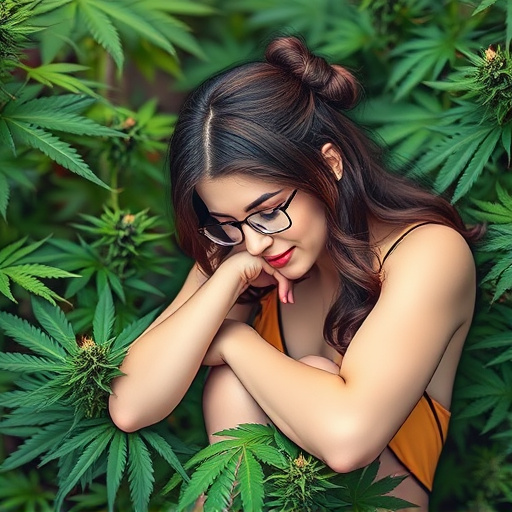
Cannabis has been used for centuries to induce various states of relaxation and mood alteration, with different strains offering unique effects. Understanding the specific traits of each cannabis strain is key to unlocking their potential therapeutic benefits, particularly for managing conditions like depression. Each strain possesses distinct chemical profiles, primarily derived from its cannabinoid content, which significantly influences user experiences.
For individuals seeking relief from depression, certain cannabis strains known for their high levels of CBD (cannabidiol) and low THC (tetrahydrocannabinol) can be particularly beneficial. CBD is non-intoxicating but has been shown to interact with the body’s endocannabinoid system, potentially helping regulate mood and reduce anxiety. Strains like Granddaddy Purple, Charlotte’s Web, and Akalito are popular choices for their calming effects and low psychotropic properties, making them suitable for managing symptoms of depression without the strong intoxicating effect associated with high-THC strains.
Exploring Cannabinoids: THC, CBD, and Beyond
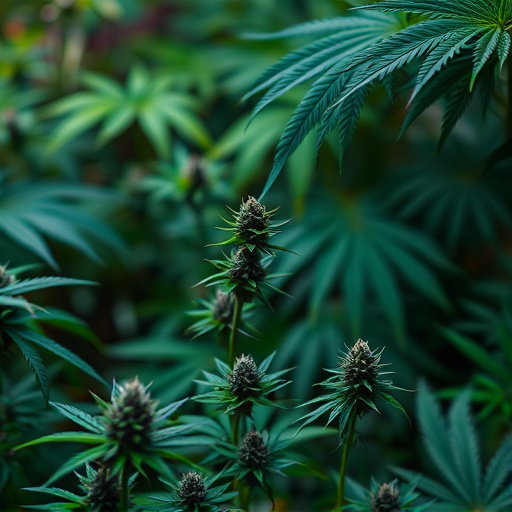
Cannabis flowers offer a complex array of chemical compounds, with cannabinoids playing a pivotal role in shaping the user’s experience and potential therapeutic benefits. Among these, tetrahydrocannabinol (THC) is renowned for its psychoactive properties, inducing feelings of euphoria and relaxation. However, it’s not the only player on the field. Cannabidiol (CBD), another prominent cannabinoid, has garnered significant attention for its potential to alleviate anxiety, depression, and inflammation without causing a psychotic effect—making it a popular choice among those seeking cannabis strains for depression.
Beyond THC and CBD, numerous other cannabinoids contribute to the plant’s diverse effects. Each cannabinoid interacts with our body’s endocannabinoid system, influencing mood, memory, pain perception, and more. Understanding these interactions can empower users to select specific cannabis strains tailored to their needs, whether it’s a strain known for its uplifting properties to combat depression or one that provides a more relaxing and calming effect.
Tips to Maximize the Duration of Your High: A Comprehensive Guide
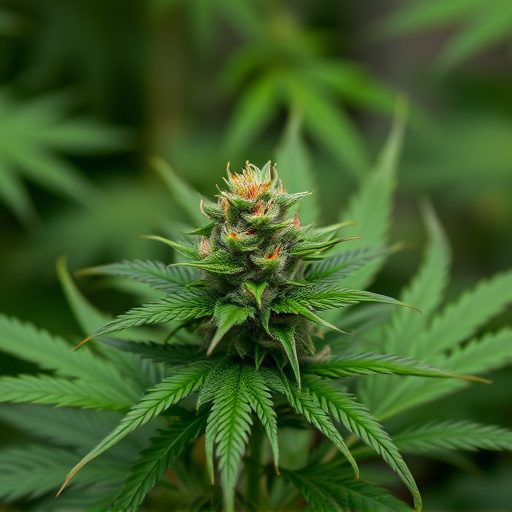
To maximize the duration of your high from cannabis flowers, consider a few strategic approaches. First, choose cannabis strains known for their long-lasting effects. Indica dominants are often recommended for this purpose due to their sedative properties that can prolong relaxation and sleep. Research has shown that certain terpenes, like myrcene, limonene, and pinene, contribute significantly to the duration of a high. Strains with higher levels of these terpenes can offer a more extended and enjoyable experience.
Additionally, the method of consumption plays a vital role. Edibles, for instance, have a slower onset but provide a longer-lasting high compared to smoking or vaping. Consuming cannabis with food allows the body to absorb it at a steady rate, leading to a more prolonged and manageable high. Moreover, controlling your dose is essential; starting with lower doses can help you gauge your tolerance and avoid an overwhelming experience that might shorten the duration of your desired state.
In understanding the diverse effects of different cannabis strains on mood—from uplifting to calming—and recognizing the role of cannabinoids like THC and CBD, you can make informed choices to extend your cannabis-induced relaxation. By employing practical tips tailored to your preferences, such as controlling dosage, using specific consumption methods, and incorporating terpenes strategically, you can enjoy a longer-lasting high that caters to your well-being, potentially offering relief from depression and enhancing overall enjoyment.
